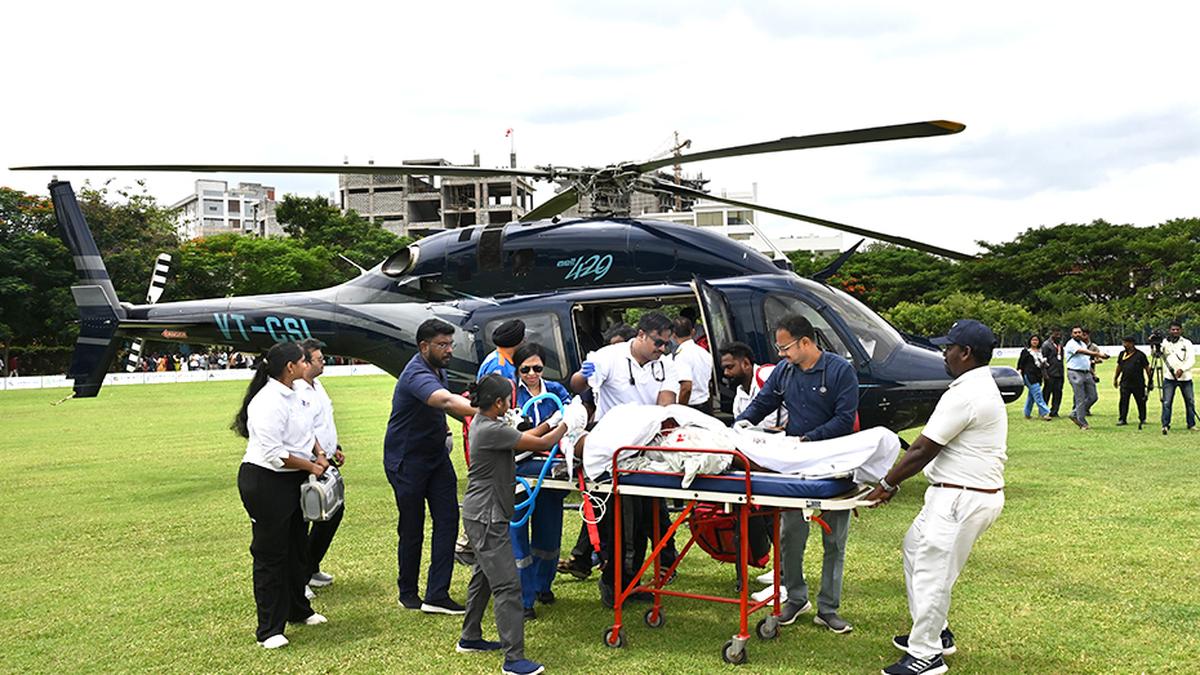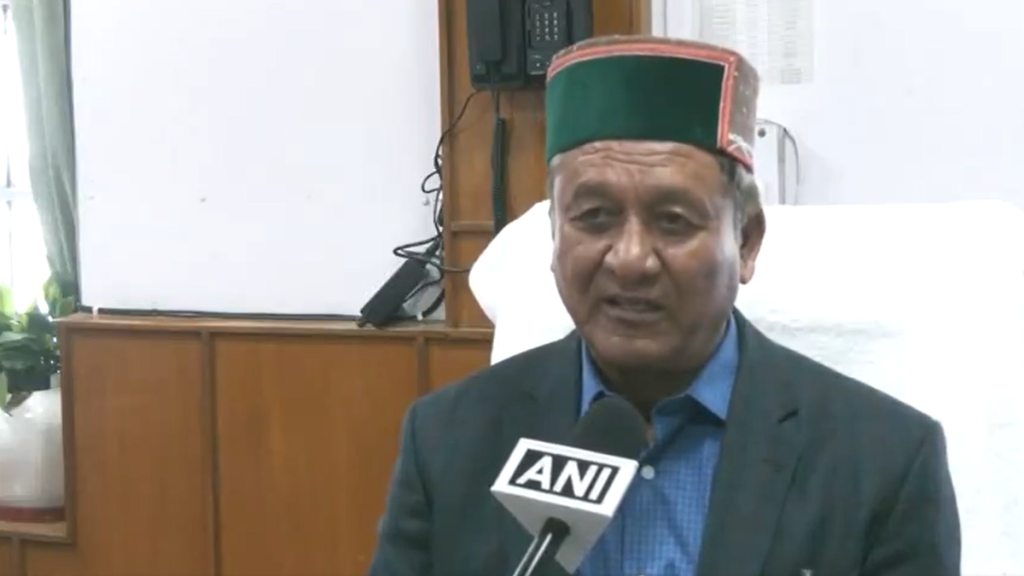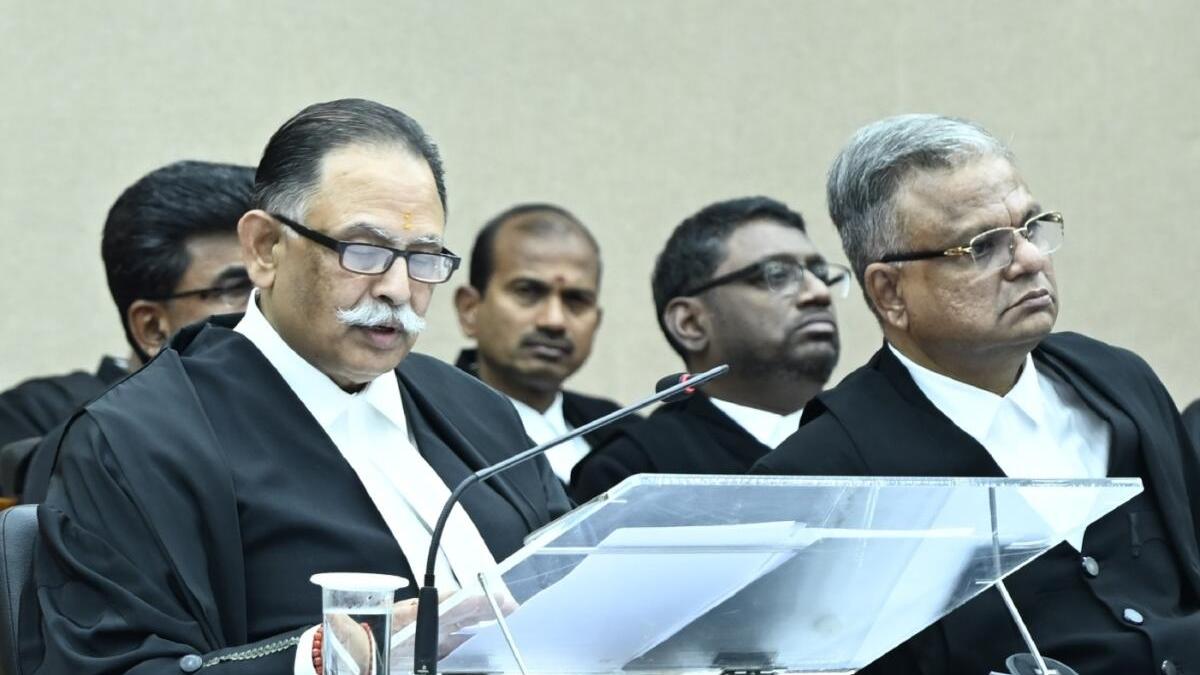Now Reading: College Hosts Helicopter Medical Emergency Drill
-
01
College Hosts Helicopter Medical Emergency Drill
College Hosts Helicopter Medical Emergency Drill

Swift Summary
- A middle-aged man simulated falling from a height of 25-30 feet, leading to severe injuries, as part of an emergency medical drill in Kancheepuram, Tamil Nadu.
- Teh simulation was conducted by bengaluru-based air ambulance service provider International Critical Care Air Transfer Team (ICATT) at Saveetha medical College.
- ICATT showcased Helicopter Emergency Medical Services (HEMS), demonstrating the use of a U.S.-made Bell 429 helicopter for rapid medical evacuation.
- The helicopter transported the patient over a distance of 50 kilometers much faster than road alternatives.
- Rahul Singh, Founder and Director of ICATT, highlighted substantial setup costs for air ambulance services and emphasized potential goverment support based on examples from Madhya Pradesh and Chhattisgarh.
- In Madhya Pradesh’s initiative with ICATT, flying time is capped at 100 hours per month costing ₹25 crore annually through five-year contracts with the state government.
- Plans are underway to propose air ambulance services in Tamil Nadu cities such as Chennai, Coimbatore, and Madurai.
Indian Opinion Analysis
The drill conducted by ICATT illustrates both the efficacy and speed advantages that air ambulances provide during critical emergencies. It emphasizes how timely interventions can save lives-notably when long-distance ground transport poses delays. Though, scalability remains a key challenge due to high infrastructure costs.Government involvement has proven foundational in other states like Madhya pradesh and Chhattisgarh where success stories demonstrate feasibility for broader coverage under public-private partnerships. Tamil Nadu may benefit from adopting similar models to make HEMS affordable across Chennai and other cities while improving access to life-saving services for remote or hard-to-reach locations.
Scaling such initiatives nationwide could boost India’s healthcare delivery system but will need deliberate cost management frameworks alongside sustained governmental commitment. This innovation reflects promising opportunities in modernizing India’s emergency healthcare system while making it inclusive.
Read more: The Hindu
























